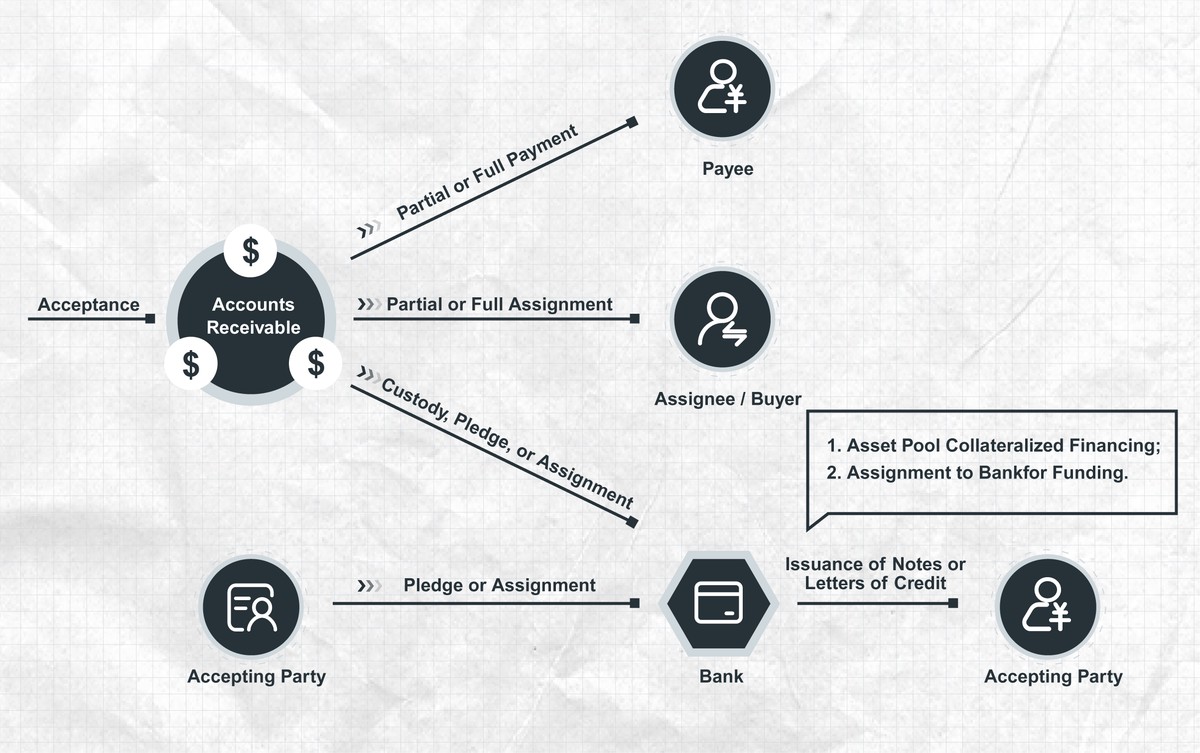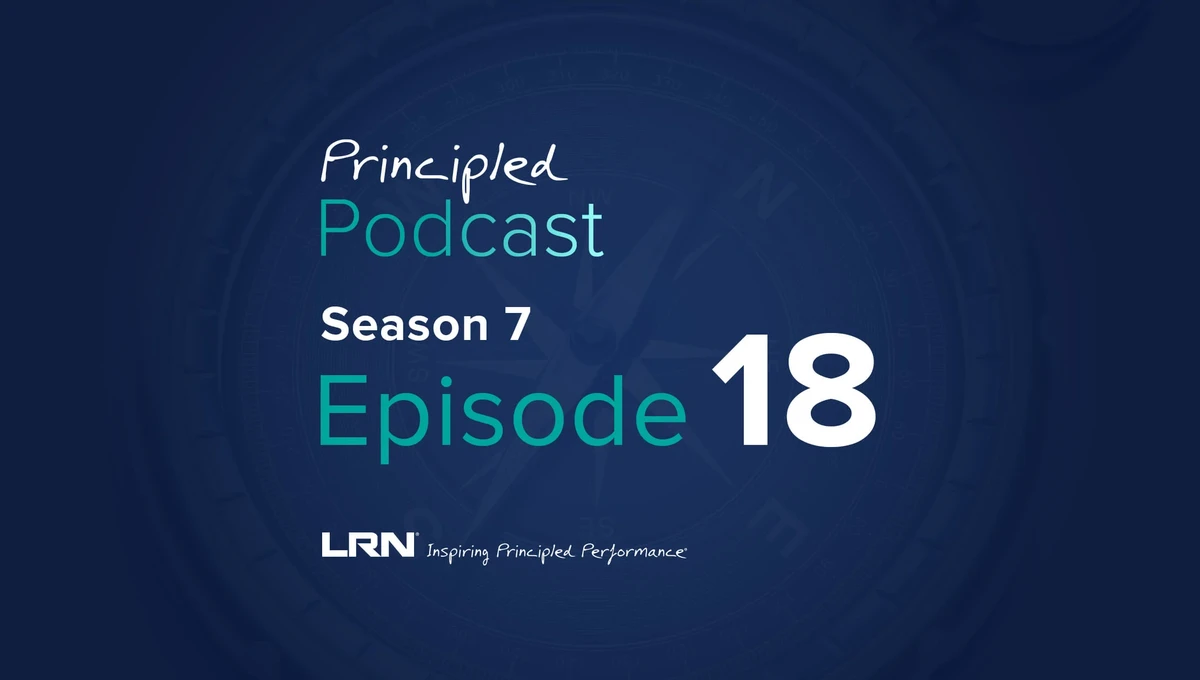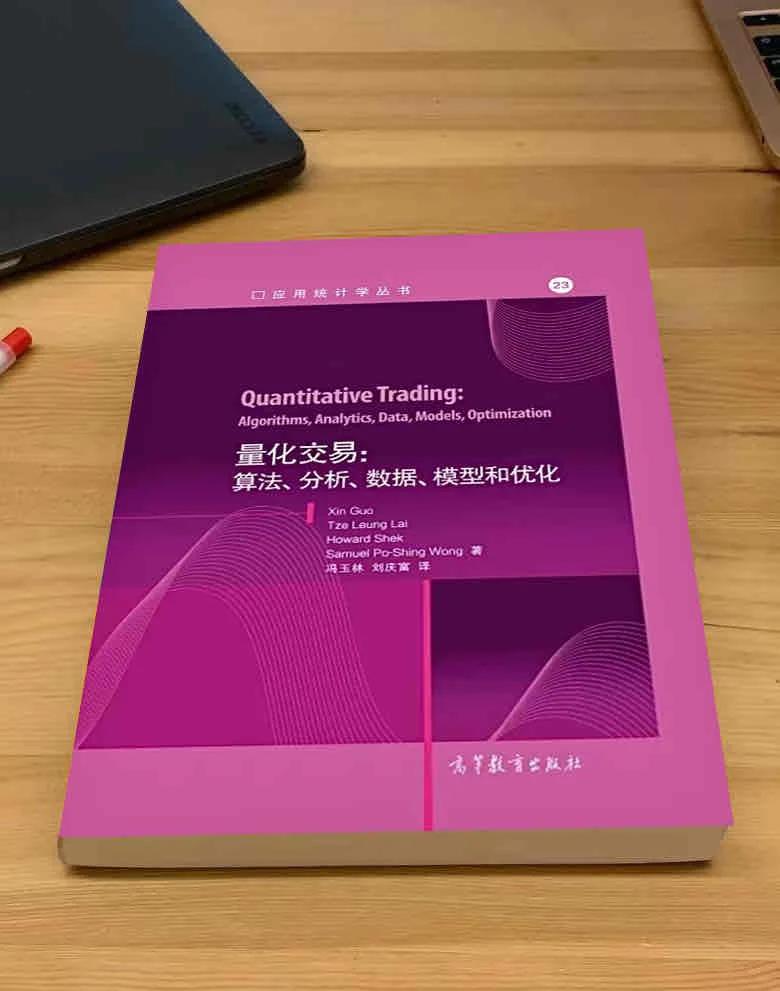======================================================================================
Evaluating quantitative trading models is one of the most critical steps in building a profitable, robust trading system. Whether you are a professional quant, hedge fund analyst, or independent algorithmic trader, knowing how to evaluate quantitative trading models ensures that your strategies are both profitable and sustainable in real-world markets.
This guide explores multiple evaluation techniques, compares their strengths and weaknesses, and provides actionable tips for implementing them. By the end, you will understand which metrics matter most, how to avoid common pitfalls, and how to choose the best approach for your trading style.
Why Model Evaluation Matters
A trading model can look amazing in theory, but if it fails when deployed live, it can lead to significant losses. Proper evaluation:
- Prevents overfitting by ensuring your model generalizes well.
- Reveals weaknesses under different market conditions.
- Quantifies risk and reward so you can size trades confidently.
- Improves investor confidence by demonstrating rigorous testing.
Before diving into evaluation, it’s essential to understand how do quantitative trading models work — they generate buy/sell signals based on mathematical rules derived from historical data, and their success depends on signal quality, execution, and risk control.

Key Metrics to Evaluate Quantitative Trading Models
1. Profitability Metrics
Annualized Return
Measures the average compounded return per year. A higher return is desirable but must be assessed alongside risk.
Sharpe Ratio
Indicates risk-adjusted return. A Sharpe ratio above 1 is considered good, while >2 is excellent.
Win Rate & Expectancy
Shows the percentage of winning trades and average profit per trade. Useful for discretionary traders deciding whether to follow model signals.
2. Risk Metrics
Maximum Drawdown
Shows the worst peak-to-trough equity decline. Essential for capital allocation and psychological resilience.
Value-at-Risk (VaR)
Estimates the maximum loss expected at a given confidence level. Often used by institutional risk teams.
Tail Risk
Focuses on extreme market events. Models ignoring fat-tail risks may blow up during crises.
3. Stability & Robustness
Walk-Forward Analysis
Splits data into multiple training and testing windows to confirm performance consistency.
Sensitivity Analysis
Tests how performance changes with small parameter tweaks. A robust model should not collapse with minor changes.
Out-of-Sample Testing
Ensures that the model’s performance is not just a result of overfitting to historical data.
A visual overview of key performance metrics used to evaluate trading models.
Method 1: Backtesting & Walk-Forward Analysis
Backtesting is the foundation of model evaluation. It involves simulating trades using historical data to measure profitability and risk.
Strengths
- Historical Insight: Reveals how the model would have performed in past conditions.
- Parameter Testing: Allows fine-tuning for optimal performance.
- Speed: Can evaluate years of data in minutes.
Weaknesses
- Overfitting Risk: Too much optimization leads to curve-fitting.
- Data Bias: Survivorship bias and look-ahead bias can skew results.
- Execution Gaps: Ignores slippage and latency unless modeled carefully.
To mitigate these risks, traders use walk-forward analysis — a more rigorous approach that repeatedly trains and tests the model on rolling data windows.
Method 2: Paper Trading & Live Forward Testing
Paper trading (a.k.a. forward testing) means running the model in real-time with simulated orders to validate its performance under current market conditions.
Strengths
- Realistic Conditions: Accounts for live spreads, latency, and order execution delays.
- Behavioral Insight: Shows how traders psychologically respond to the model’s signals.
- Low Risk: No real money is at stake.
Weaknesses
- Time-Consuming: Requires weeks or months to gather meaningful data.
- Limited Market Regimes: May not cover all volatility environments.
- Execution Differences: Still may differ from actual fills with real capital.
Combining Both Methods
The most reliable approach uses both backtesting and forward testing:
- Start with a robust backtest to eliminate poor strategies quickly.
- Move to live paper trading to validate in real-time.
- Finally, deploy with small capital and scale gradually.
For those exploring how to backtest quantitative trading models, modern platforms like QuantConnect, Backtrader, and MetaTrader 5 make it easy to test strategies across multiple asset classes.

Model Evaluation Case Study
Consider a momentum-based model that trades large-cap equities.
Backtest Result:
- Annual Return: 22%
- Sharpe Ratio: 1.8
- Max Drawdown: 12%
- Annual Return: 22%
Paper Trading Result (3 Months):
- Annualized Return: 18%
- Slippage Impact: -0.5%
- Lower volatility observed during live trading
- Annualized Return: 18%
This case highlights that even well-performing backtests may deliver slightly lower returns in live markets due to execution costs, but still remain profitable if robust.
Comparison of historical backtest vs. live forward testing performance for a momentum strategy.
Choosing the Right Evaluation Approach
For Quantitative Trading Models for Hedge Funds
Focus on robustness and scalability. Hedge funds prioritize stability and the ability to handle large capital without market impact.
For Retail or Independent Traders
Use simple but reliable evaluation methods like backtesting with realistic assumptions, followed by small-scale live testing.
Knowing how to build a quantitative trading model is only half the battle — the evaluation process is what separates theoretical success from real profitability.
Latest Trends in Model Evaluation
- Machine Learning Explainability: Techniques like SHAP values help understand why AI models generate certain signals.
- Monte Carlo Simulation: Randomizes trade sequences to test outcome variability.
- Synthetic Data Testing: Creates artificial market conditions to stress-test models under rare events.
Common Pitfalls to Avoid
- Over-Optimization: Avoid strategies that only work with specific parameter sets.
- Ignoring Costs: Always include commissions, spreads, and slippage in backtests.
- Small Sample Sizes: Don’t trust results based on too few trades.

FAQ: How to Evaluate Quantitative Trading Models
1. What is the minimum backtest period to trust a model?
At least one full market cycle (bull, bear, sideways). For intraday models, 1-2 years of tick data is recommended to cover different volatility regimes.
2. How do I know if my model is overfitted?
If your model performs extremely well in backtest but fails during forward testing or out-of-sample data, it is likely overfitted. Use cross-validation and regularization to reduce overfitting.
3. Can I skip forward testing and go straight to live trading?
Not recommended. Forward testing serves as a crucial validation step to identify execution issues, latency problems, and psychological factors before risking real capital.
Final Thoughts
Learning how to evaluate quantitative trading models is one of the most valuable skills for traders and portfolio managers. By combining rigorous backtesting, forward testing, and robust risk metrics, you can ensure that your strategies are not just profitable on paper but also resilient in live markets.
Whether you are developing a new model or refining an existing one, treat evaluation as an ongoing process — markets evolve, and so should your models.
💬 Your Turn:
Have you ever experienced a backtest that looked perfect but failed live? Share your experience in the comments and let’s discuss best practices for model validation. If you found this guide useful, share it with other traders and quants in your network — good evaluation practices benefit the entire trading community!
Would you like me to include a Python code example for running a Sharpe ratio and drawdown evaluation on a backtest dataset? This could make the article even more practical for readers.

0 Comments
Leave a Comment